Pain relief
How to submit an article:
- Registered users can submit any published journal article that has a unique DOI (Digital Object Identifier) name or link to Research Hub.
- For example, you can paste the full DOI link:
https://doi.org/10.1109/5.771073or just the DOI name:10.1109/5.771073into the field above and click submit. - The person who is first to submit a valid article to Research Hub will forever be credited for it, and every article submission earns you +6 Research Points.
Related Topics
Published research studies are articles that present the findings of original research that has undergone a peer-review process and has been made publicly available in scholarly journals, books or other media.
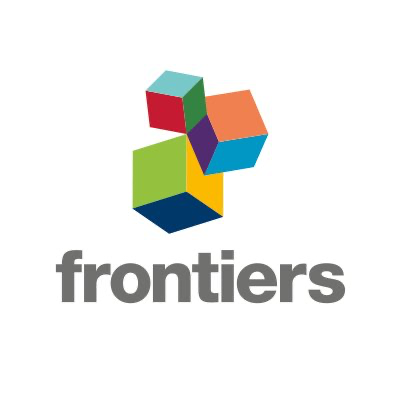
Clinical efficacy of acupuncture for pain relief from renal colic: A meta-analysis and trial sequence analysis
2023 Jan 09 Frontiers in Medicine Chen HT, Kuo CF, Hsu CC, Lai LC, Cheng AC, Sun CK, et al.
Compared with conventional analgesic-based interventions, acupuncture can more efficiently relieve renal colic with fewer adverse effects. The limited number and quality of included studies warrant more clinical RCTs to support our findings.
Meta-Analysis Renal Colic
Clinical efficacy of acupuncture for pain relief from renal colic: A meta-analysis and trial sequence analysis
2023 Jan 9 Frontiers in Medicine Hsiao-Tien Chen, Cheng-Feng Kuo, Chin-Chia Hsu, Li-Chun Lai, Ai-Chin Cheng, Cheuk-Kwan Sun and Kuo-Chuan Hung
Systematic Review Meta-Analysis Renal ColicAcupuncture provides speedy and effective pain relief for renal colic, surpassing traditional drugs with fewer side effects suggesting its potential as a safe and efficient option for acute pain treatment

Multidimensional Pain Modulation by Acupuncture Analgesia: The Reward Effect of Acupuncture on Pain Relief
2022 Nov 10 Evidence-Based Complementary and Alternative Medicine Pan S, Wang S, Xue X, Yuan H, Li J, Liu Y, et al.
Studies on the reward effect of acupuncture in relieving chronic pain and the regulating effect of the brain reward loop on acupuncture analgesia help to deepen the clinical understanding of acupuncture analgesia.
Review ArticleAcupuncture and Dry Needling for Sports Performance and Recovery
2022 Jun Current Sports Medicine Reports Tang CT, Song B
Needling can likely improve muscular strength and power, including increasing jump height, and it also can increase flexibility. In terms of sports recovery, acupuncture can not only be used for pain relief after injury, but also can help with routine recovery, such as in delayed onset muscle soreness. There are numerous case reports of acupuncture and dry needling being used to treat athletes for various diagnoses and conditions, however more high quality studies are needed in order to make more specific evidence-based recommendations. Given the high degree of safety and limited adverse events associated with needling treatments, it can likely be promoted in athletes.
Review Article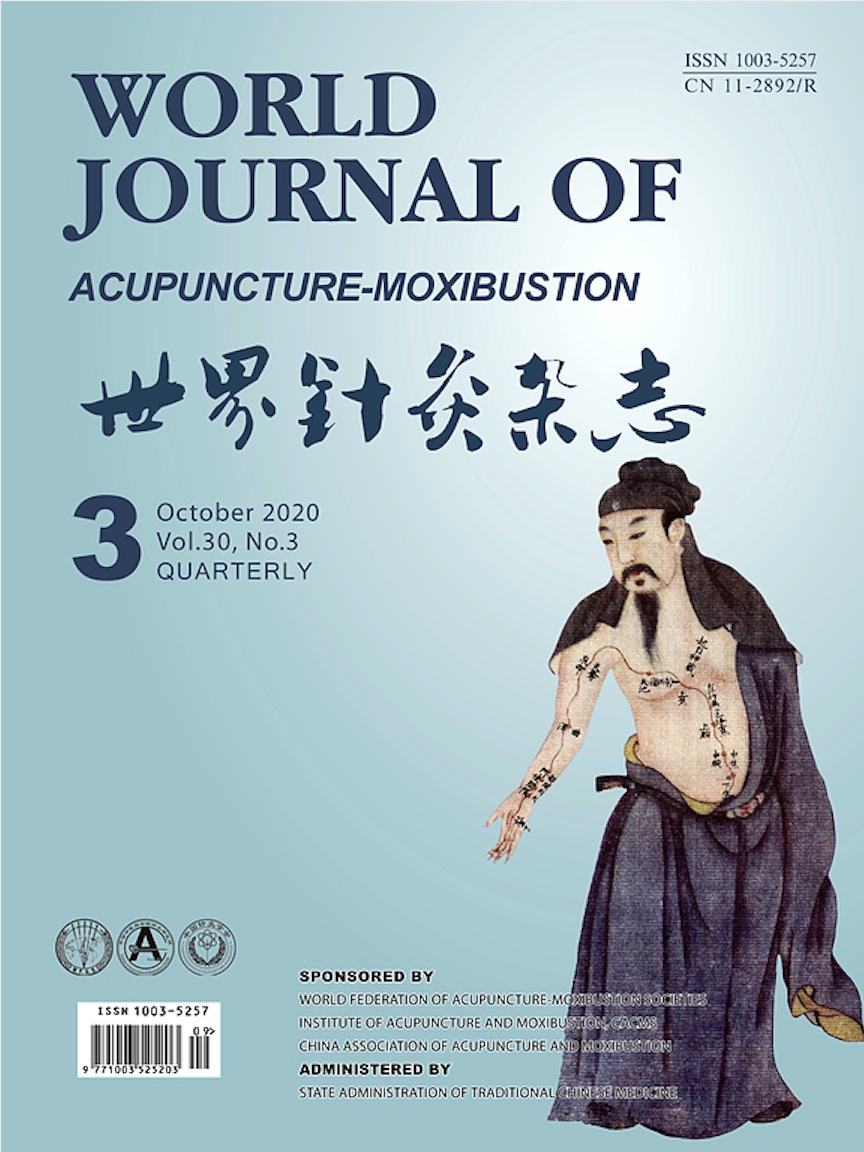
Acupuncture for the pain of postherpetic neuralgia: A scoping review
2022 Apr 20 World Journal of Acupuncture-Moxibustion YANG J, HU X, XIU W, TIAN Z, GANG W, JING X
The study type of acupuncture for postherpetic neuralgia (PHN) is relatively simple. Most studies show the advantages of acupuncture in pain relief of PHN.
Systematic ReviewResearch insights are moderated by the Research Hub team and offer an at-a-glance overview of interesting research findings.

2023 Frontiers in Medicine
Acupuncture provides speedy and effective pain relief for renal colic, surpassing traditional drugs with fewer side effects suggesting its potential as a safe and efficient option for acute pain treatment
Systematic Review Renal Colic
Clinical efficacy of acupuncture for pain relief from renal colic: A meta-analysis and trial sequence analysis
Hsiao-Tien Chen, Cheng-Feng Kuo, Chin-Chia Hsu, Li-Chun Lai, Ai-Chin Cheng, Cheuk-Kwan Sun and Kuo-Chuan Hung
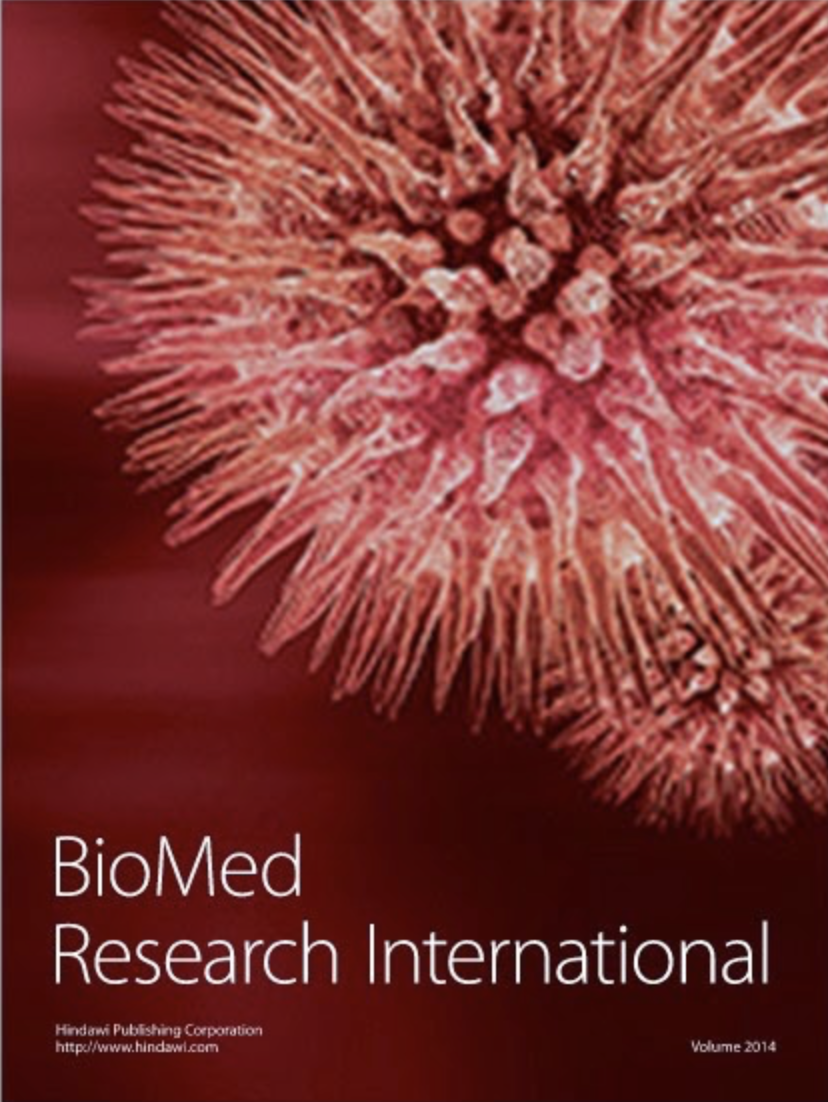
2022 BioMed Research International
Acupuncture can reduce pain and improve functional activities in patients with knee osteoarthritis, proving particularly beneficial for chronic sufferers and enhancing their quality of life.
Systematic Review Acupuncture
Acupuncture for Knee Osteoarthritis: A Systematic Review of Randomized Clinical Trials with Meta-Analyses and Trial Sequential Analyses
Tian H, Huang L, Sun M, Xu G, He J, Zhou Z, et al.

2022 Evidence-Based Complementary and Alternative Medicine
Traditional Chinese medicine, including acupuncture, can provide superior pain relief and faster recovery for HIV-related Herpes Zoster compared to regular drugs.
Systematic Review HIV Shingles
Traditional Chinese Medicine for HIV-Associated Acute Herpes Zoster: A Systematic Review and Meta-Analysis of Randomized Trials
Jiang Y, Zheng RX, Yu ZY, Zhang XW, Li J, Lan HD, et al.
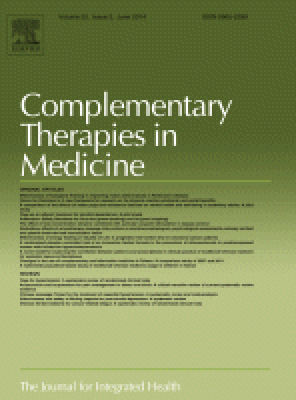
2021 Complementary Therapies in Medicine
Turmeric curcuminoids are associated with better pain relief than NSAIDs in knee osteoarthritis.
Systematic Review Arthritis Knee Osteoarthritis Turmeric
The efficacy of high- and low-dose curcumin in knee osteoarthritis: A systematic review and meta-analysis
An-Fang Hsiao, Yi-Chieh Lien, I-Shiang Tzeng, Chien-Ting Liu, Sheng-Hsun Chou, Yi-Shiung Horng
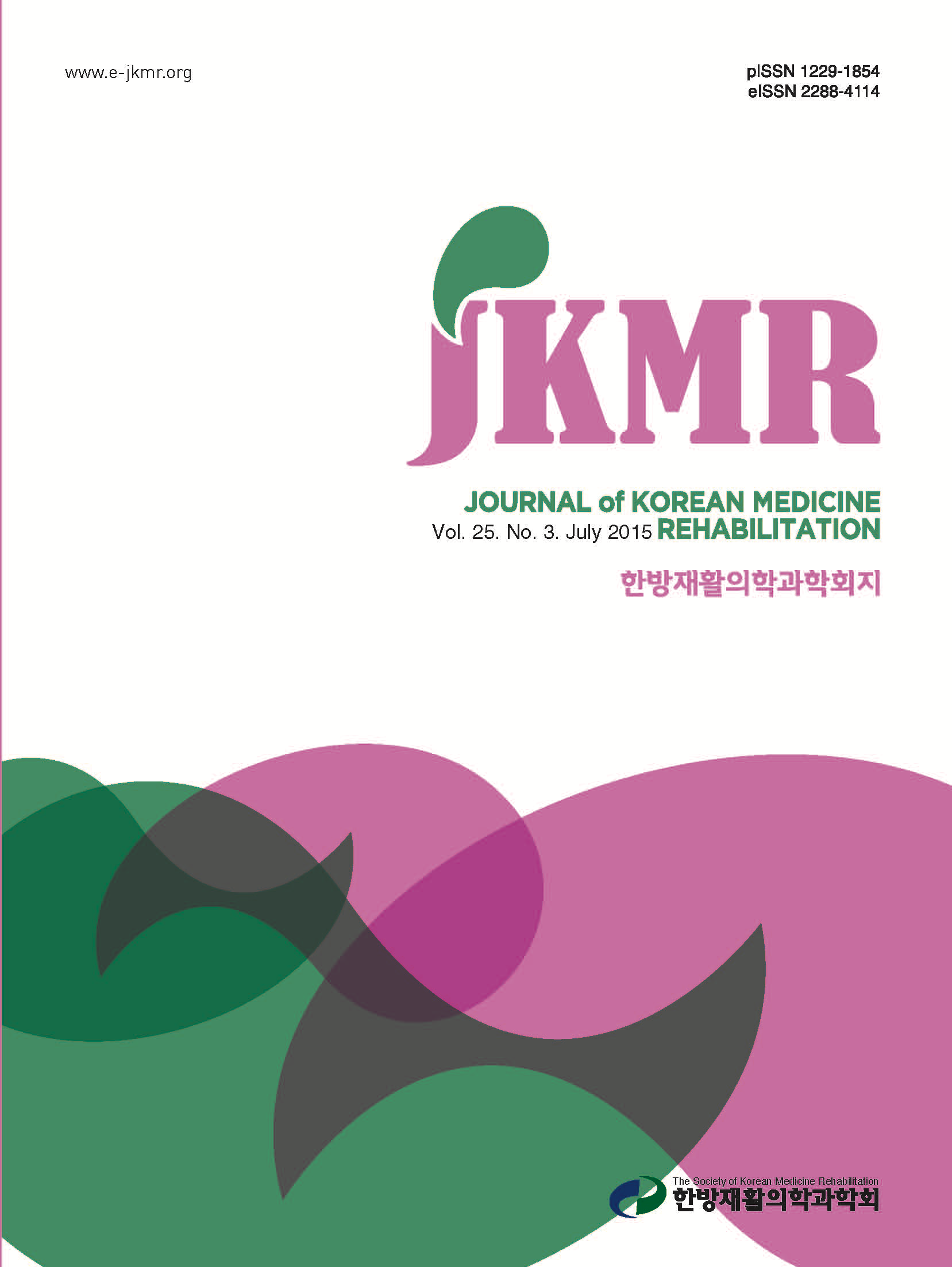
2021 Journal of Korean Medicine Rehabilitation
Acupuncture appears to have positive effects in pain relief and functional recovery after rotator cuff surgery.
Systematic Review
Effects of Acupuncture after Rotator Cuff Surgery: A Systematic Review
Lee SJ, Ko YM, Park JS, Park TY, Lee JH, Cho JH, et al.
Review Articles
Review articles summarise and critically evaluate the current state of research on a specific topic or field by synthesising multiple primary research studies.

Clinical efficacy of acupuncture for pain relief from renal colic: A meta-analysis and trial sequence analysis
2023 Jan 9 Frontiers in Medicine Hsiao-Tien Chen, Cheng-Feng Kuo, Chin-Chia Hsu, Li-Chun Lai, Ai-Chin Cheng, Cheuk-Kwan Sun and Kuo-Chuan Hung
Systematic Review Meta-Analysis Renal ColicAcupuncture provides speedy and effective pain relief for renal colic, surpassing traditional drugs with fewer side effects suggesting its potential as a safe and efficient option for acute pain treatment

Multidimensional Pain Modulation by Acupuncture Analgesia: The Reward Effect of Acupuncture on Pain Relief
2022 Nov 10 Evidence-Based Complementary and Alternative Medicine Pan S, Wang S, Xue X, Yuan H, Li J, Liu Y, et al.
Studies on the reward effect of acupuncture in relieving chronic pain and the regulating effect of the brain reward loop on acupuncture analgesia help to deepen the clinical understanding of acupuncture analgesia.
Review ArticleAcupuncture and Dry Needling for Sports Performance and Recovery
2022 Jun Current Sports Medicine Reports Tang CT, Song B
Needling can likely improve muscular strength and power, including increasing jump height, and it also can increase flexibility. In terms of sports recovery, acupuncture can not only be used for pain relief after injury, but also can help with routine recovery, such as in delayed onset muscle soreness. There are numerous case reports of acupuncture and dry needling being used to treat athletes for various diagnoses and conditions, however more high quality studies are needed in order to make more specific evidence-based recommendations. Given the high degree of safety and limited adverse events associated with needling treatments, it can likely be promoted in athletes.
Review Article
Acupuncture for the pain of postherpetic neuralgia: A scoping review
2022 Apr 20 World Journal of Acupuncture-Moxibustion YANG J, HU X, XIU W, TIAN Z, GANG W, JING X
The study type of acupuncture for postherpetic neuralgia (PHN) is relatively simple. Most studies show the advantages of acupuncture in pain relief of PHN.
Systematic Review
Acupuncture for Knee Osteoarthritis: A Systematic Review of Randomized Clinical Trials with Meta-Analyses and Trial Sequential Analyses
2022 Apr 21 BioMed Research International Tian H, Huang L, Sun M, Xu G, He J, Zhou Z, et al.
Systematic Review Meta-Analysis AcupunctureAcupuncture can reduce pain and improve functional activities in patients with knee osteoarthritis, proving particularly beneficial for chronic sufferers and enhancing their quality of life.
Clinical Trials
Clinical trials are research studies that involve people and are conducted to evaluate the safety and efficacy of new treatments or interventions, such as drugs, medical devices, or behavioural therapies.
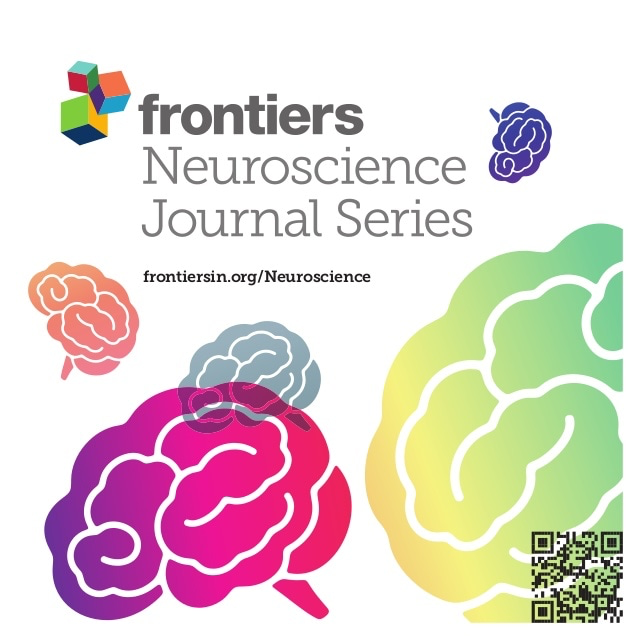
Frequency-Specific Blood Oxygen Level Dependent Oscillations Associated With Pain Relief From Ankle Acupuncture in Patients With Chronic Low Back Pain
2021 Dec 07 Frontiers in Neuroscience Xiang A, Chen M, Qin C, Rong J, Wang C, Shen X, et al.
Frequency-specific resting-state activity in the cerebellum and insular was correlated to ankle acupuncture stimulation (AAS) analgesia. Our frequency-specific analysis of amplitude of low-frequency fluctuation (ALFF) may provide novel insights related to pain relief from acupuncture.
Randomised Controlled Trial Acupuncture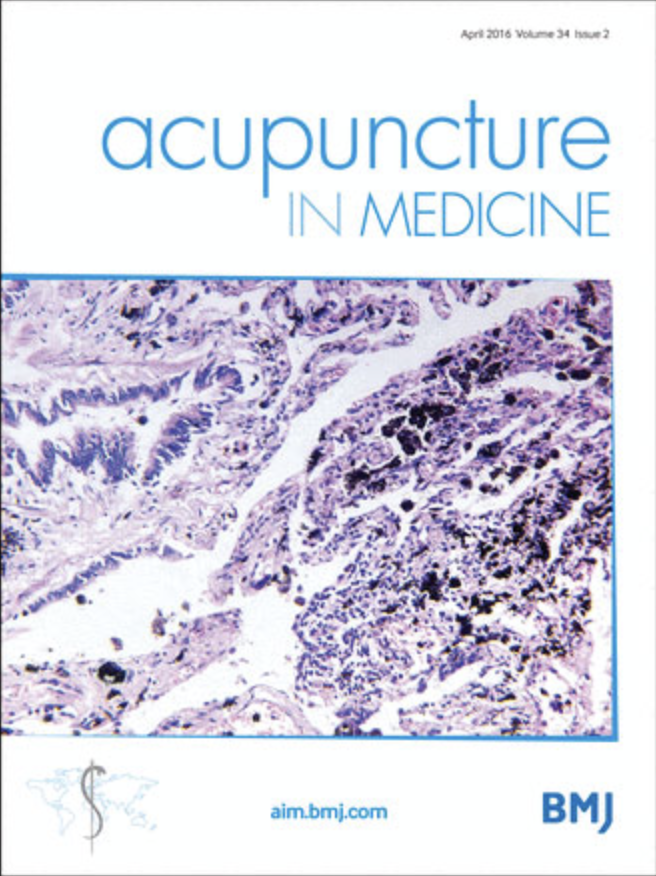
Comparison of electroacupuncture and manual acupuncture for patients with plantar heel pain syndrome: a randomized controlled trial
2020 Aug 18 Acupuncture in Medicine Wang W, Liu Y, Jiao R, Liu S, Zhao J, Liu Z
Randomised Controlled Trial Electroacupuncture AcupunctureElectroacupuncture and manual acupuncture show similar effectiveness in relieving plantar heel pain syndrome with no significant difference between the two modalities.
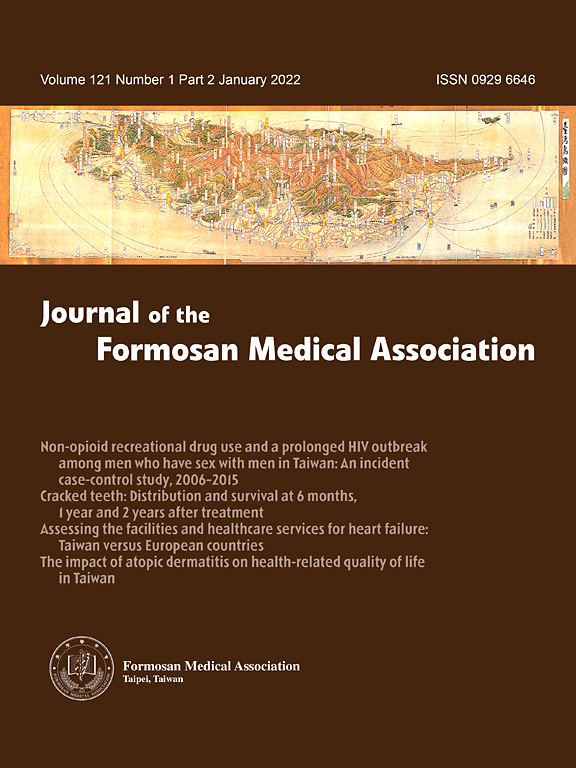
The effect of electroacupuncture merged with rehabilitation for frozen shoulder syndrome: A single-blind randomized sham-acupuncture controlled study
2020 Jan Journal of the Formosan Medical Association Lo MY, Wu CH, Luh JJ, Wang TG, Fu LC, Lin JG, et al.
Randomised Controlled Trial Frozen Shoulder ElectroacupunctureElectroacupuncture plus rehabilitation may provide earlier pain relief for patients with frozen shoulder syndrome and could be applied clinically.

Effect of an Acupuncture Technique of Penetrating through Zhibian (BL54) to Shuidao (ST28) with Long Needle for Pain Relief in Patients with Primary Dysmenorrhea: A Randomized Controlled Trial
2019 Dec 18 Frontiers in Pharmacology Haijun Wang, Yuxia Cao, Xiaofei Jin, Min Yan, Jianchao Wang, Rangqian Li, et al.
The penetrating method of acupuncture with long needle may be an effective and safe therapy for pain relief in patients with primary dysmenorrhea.
Randomised Controlled Trial Period Pain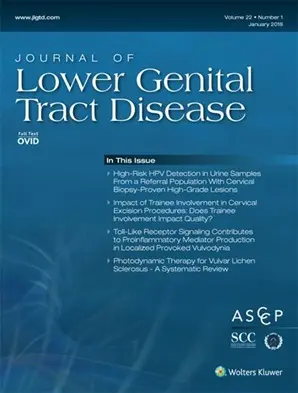
Acupuncture Augmentation of Lidocaine for Provoked, Localized Vulvodynia: A Feasibility and Acceptability Study
2019 Oct Journal of Lower Genital Tract Disease Hullender Rubin LE, Mist SD, Schnyer RN, Chao MT, Leclair CM
Women with moderate to severe PLV were randomized to receive either traditional acupuncture (TA) or non-TA (NTA) for 18 sessions over 12 weeks, alongside the application of lidocaine 5% cream. Feasibility was evaluated based on recruitment, enrollment, assessment completion, and blinding, while acceptability was assessed through study visit attendance and satisfaction. The primary outcome measured the change in tampon test scores from baseline to week 12 and follow-up at week 24. Both groups reported pain reduction, with no statistically significant difference between them. Acupuncture augmentation of lidocaine was found to be acceptable, and the study procedures, with modifications, may be feasible for future investigation. The contribution of acupuncture to pain relief in provoked localized vulvodynia is yet to be determined.
Clinical Study Randomised Controlled TrialStudy Protocols
Published study protocols are detailed plans that outline the objectives, methodology, statistical analyses, and organisation of a research study that have been made publicly available for others to review and use as a reference.

Efficacy and safety of acupuncture combined Chinese herbal medicine for diabetic peripheral neuropathy
2021 Dec 17 Medicine Shi Y, Liu L, Sun X, Jiao J
This study will provide a high-quality comprehensive evaluation of the safety of acupuncture combined with Chinese herbal medicine for treating DPN. It will also evaluate the efficacy and safety of Chinese herbal medicine combined with acupuncture in the treatment of DPN, and provide the latest evidence for clinical application.
Study Protocol Chinese Herbal Medicine Diabetic Neuropathy Acupuncture
Acupuncture for pain relief of women undergoing transvaginal oocyte retrieval
2020 Dec 25 Medicine Guo, X.-L., Li, X., Wei, W., et al.
Study ProtocolPresentation Slides

Systematic Review
Acupuncture provides speedy and effective pain relief for renal colic, surpassing traditional drugs with fewer side effects suggesting its potential as a safe and efficient option for acute pain treatment
Hsiao-Tien Chen, Cheng-Feng Kuo, Chin-Chia Hsu, Li-Chun Lai, Ai-Chin Cheng, Cheuk-Kwan Sun and Kuo-Chuan Hung

Systematic Review
Acupuncture can reduce pain and improve functional activities in patients with knee osteoarthritis, proving particularly beneficial for chronic sufferers and enhancing their quality of life.
Tian H, Huang L, Sun M, Xu G, He J, Zhou Z, Huang F, Liu Y, Liang F

Systematic Review
Traditional Chinese medicine, including acupuncture, can provide superior pain relief and faster recovery for HIV-related Herpes Zoster compared to regular drugs.
Jiang Y, Zheng RX, Yu ZY, Zhang XW, Li J, Lan HD, Qiao SY, Han M, Cao HJ, Robinson N, Liu JP

Systematic Review
Turmeric curcuminoids are associated with better pain relief than NSAIDs in knee osteoarthritis.
An-Fang Hsiao, Yi-Chieh Lien, I-Shiang Tzeng, Chien-Ting Liu, Sheng-Hsun Chou, Yi-Shiung Horng

Systematic Review
Acupuncture appears to have positive effects in pain relief and functional recovery after rotator cuff surgery.
Lee SJ, Ko YM, Park JS, Park TY, Lee JH, Cho JH, Hwang EH, Kim KJ, Choi MY, Song YK

Systematic Review
The majority of studies concluded the superiority of short-term analgesic effects over various controls and suggested that acupuncture may be efficacious for chronic musculoskeletal pain.
Zhang YJ, Wang C

Systematic Review
Lavender demonstrates significant benefits for pain relief and episiotomy wound healing in postpartum.
Abedian S, Abedi P, Jahanfar S, Iravani M, Zahedian M

Randomised Controlled Trial
Electroacupuncture and manual acupuncture show similar effectiveness in relieving plantar heel pain syndrome with no significant difference between the two modalities.
Wang W, Liu Y, Jiao R, Liu S, Zhao J, Liu Z

Systematic Review
Our meta-analysis revealed small-to-moderate analgesic effects of acupuncture on delayed onset muscle soreness, especially on day 1 by comparing the acupuncture and control groups.
Chang WD, Chang NJ, Lin HY, Wu JH

Randomised Controlled Trial
Electroacupuncture plus rehabilitation may provide earlier pain relief for patients with frozen shoulder syndrome and could be applied clinically.
Lo MY, Wu CH, Luh JJ, Wang TG, Fu LC, Lin JG, Lai JS

Systematic Review
Acupuncture therapy seems effective for motor function, pain relief and activities of daily living in stroke patients with mild Shoulder-Hand Syndrome, when it is used in combination with rehabilitation.
Liu S, Zhang CS, Cai Y, Guo X, Zhang AL, Xue CC, Lu C
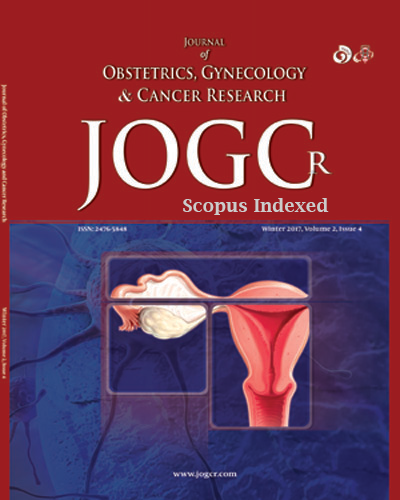
Systematic Review
Aromatherapy with lavender demonstrated effectiveness in reducing labor pain during childbirth.
Mirzaiinajmabadi K, Makvandi S, Mirteimoori M, Sadeghi R, , , ,

Randomised Controlled Trial
Inhalation aromatherapy with Boswellia Carterii essential oil can significantly reduce labor pain intensity in nulliparous women.
Esmaelzadeh-Saeieh S, Rahimzadeh M, Khosravi-Dehaghi N, Torkashvand S
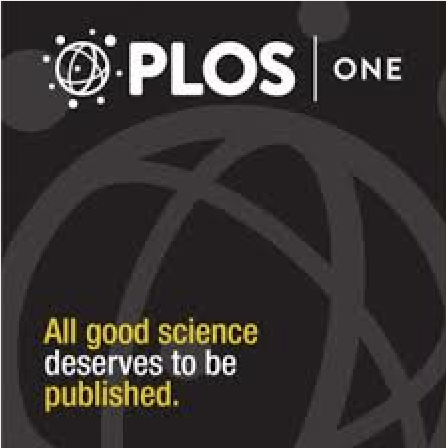
Review Article
Traditional Chinese Medicine offers potential benefits like pain relief and functional improvement for knee osteoarthritis with few adverse events.
Yang M, Jiang L, Wang Q, Chen H, Xu G
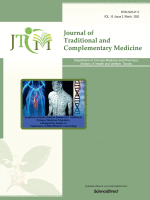
Systematic Review
In oral care, acupuncture can be a supplement to conventional treatments in temporomandibular disorders, facial pain, pain management, Sjoegrens syndrome, and in phobias and anxiety.
Gupta, D., Dalai, D., Swapnadeep, Mehta, P.D., Indra, B., Rastogi, S., Jain, A., Chaturvedi, M., Sharma, S., Singh, S., Gill, S., Singh, N., & Gupta, R. (2014). Acupuncture (針灸 Zhēn Jiǔ) – An Emerging Adjunct in Routine Oral Care. Journal of Tradi
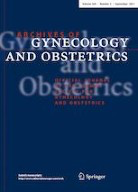
Randomised Controlled Trial
Honey has been shown to provide similar pain relief to traditional medication mefenamic acid for women with primary dysmenorrhea, with fewer side effects.
Amiri Farahani L, Hasanpoor-Azghdy SB, Kasraei H, Heidari T
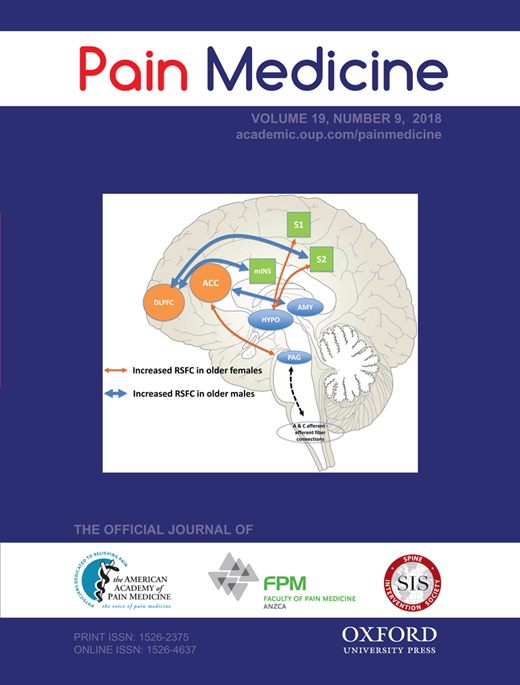
Randomised Controlled Trial
Our study provides evidence that acupuncture has a specific impact on frozen shoulder beyond the placebo effects that may not only be beneficial in reducing short-term pain perception, but may also have a positive long-term influence on the time course of recovery.
Schröder S, Meyer-Hamme G, Friedemann T, Kirch S, Hauck M, Plaetke R, Friedrichs S, Gulati A, Briem D

Systematic Review
Acupuncture relieves neck pain better than sham acupuncture and those who received acupuncture report less pain and disability at short‐term follow‐up than those on a wait‐list.
Trinh K, Graham N, Irnich D, Cameron ID, Forget M.
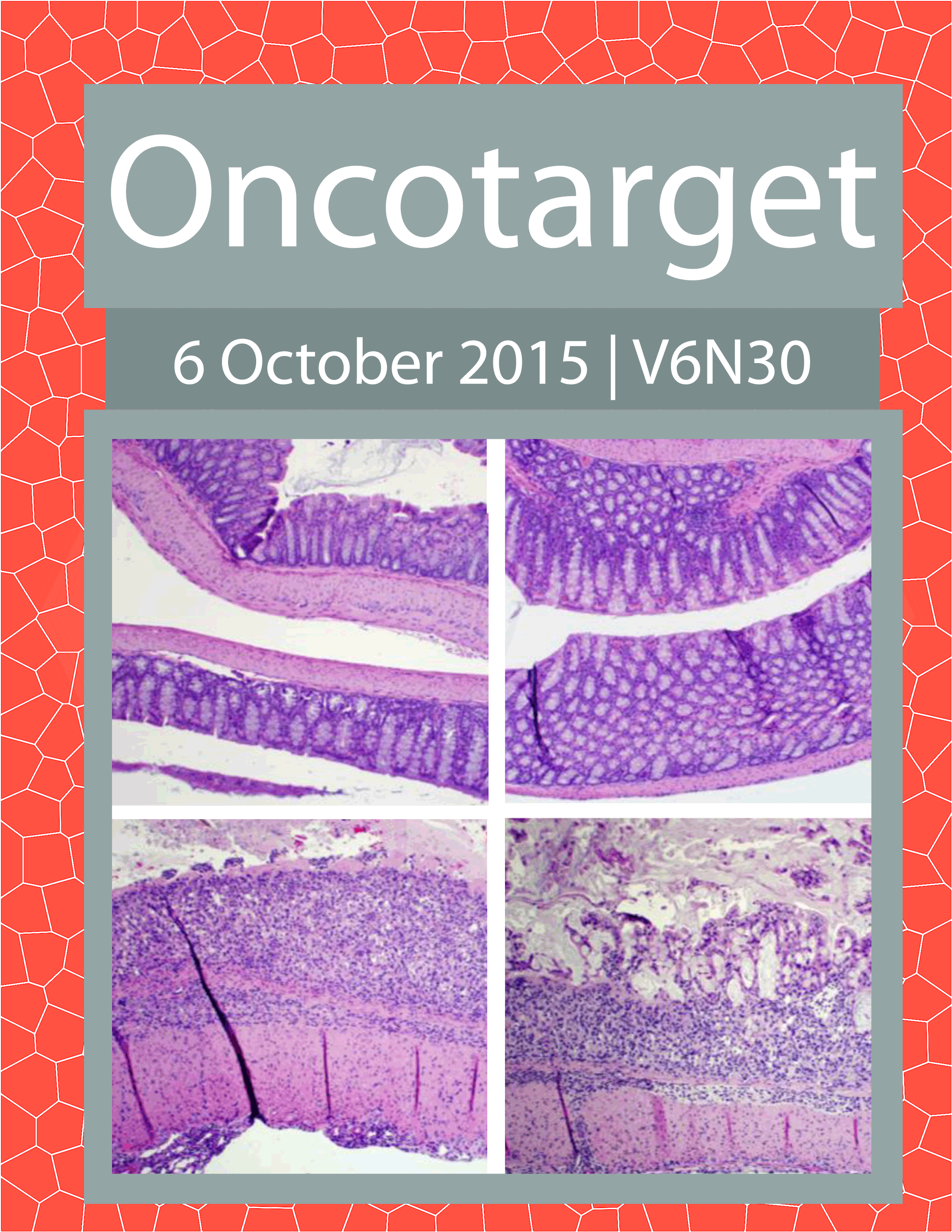
Systematic Review
Traditional Chinese medicine psycho-behavioral interventions represent beneficial adjunctive therapies for cancer patients.
Tao W, Luo X, Cui B, Liang D, Wang C, Duan Y, Li X, Zhou S, Zhao M, Li Y, He Y, Wang S, Kelley KW, Jiang P, Liu Q.

Systematic Review
Acupressure showed evidence of pain relief while acupuncture improved both the mental and the physical components of quality of life associated with primary dysmenorrhea.
Abaraogu UO, Tabansi-Ochuogu CS
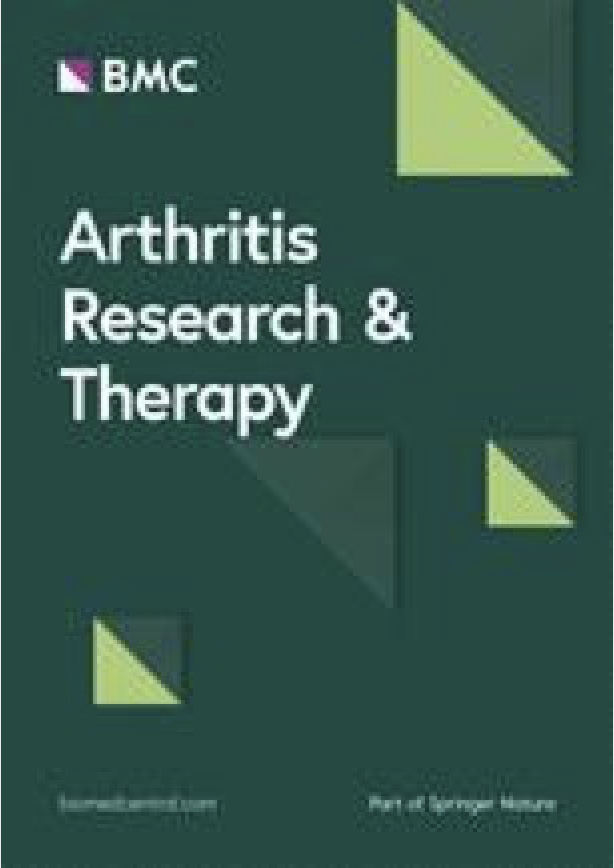
Experimental Study
Epigallocatechin 3-gallate (EGCG), found in green tea, can significantly slow down osteoarthritis progression and reduce associated pain in a post-traumatic osteoarthritis mouse model.
Leong DJ, Choudhury M, Hanstein R, Hirsh DM, Kim SJ, Majeska RJ, Schaffler MB, Hardin JA, Spray DC, Goldring MB, Cobelli NJ, Sun HB
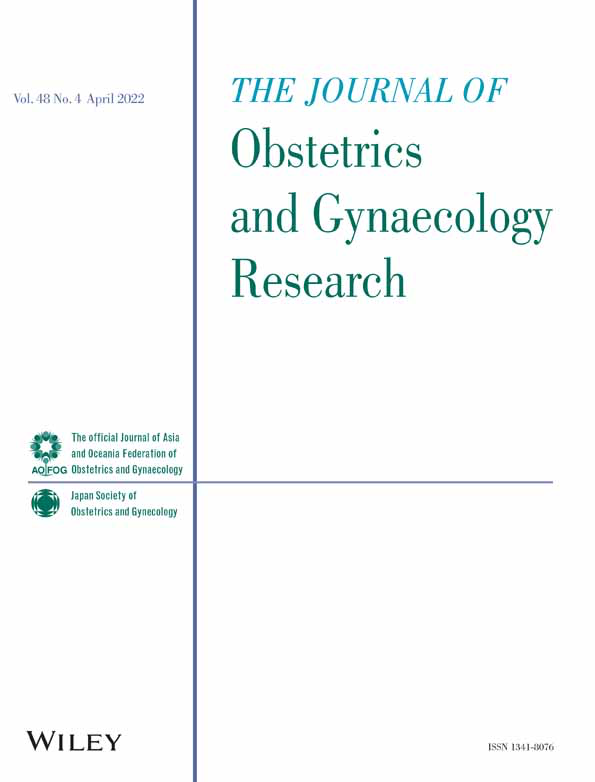
Randomised Controlled Trial
Blended essential oils, including lavender, sage, and marjoram, show potential in relieving menstrual cramps and reducing pain duration in women with primary dysmenorrhea.
Ou MC, Hsu TF, Lai AC, Lin YT, Lin CC

Randomised Controlled Trial
Acupuncture can provide pain relief to patients with plantar fasciitis.
Shi Ping Zhang , Tsui-Pik Yip, Qiu-Shi Li
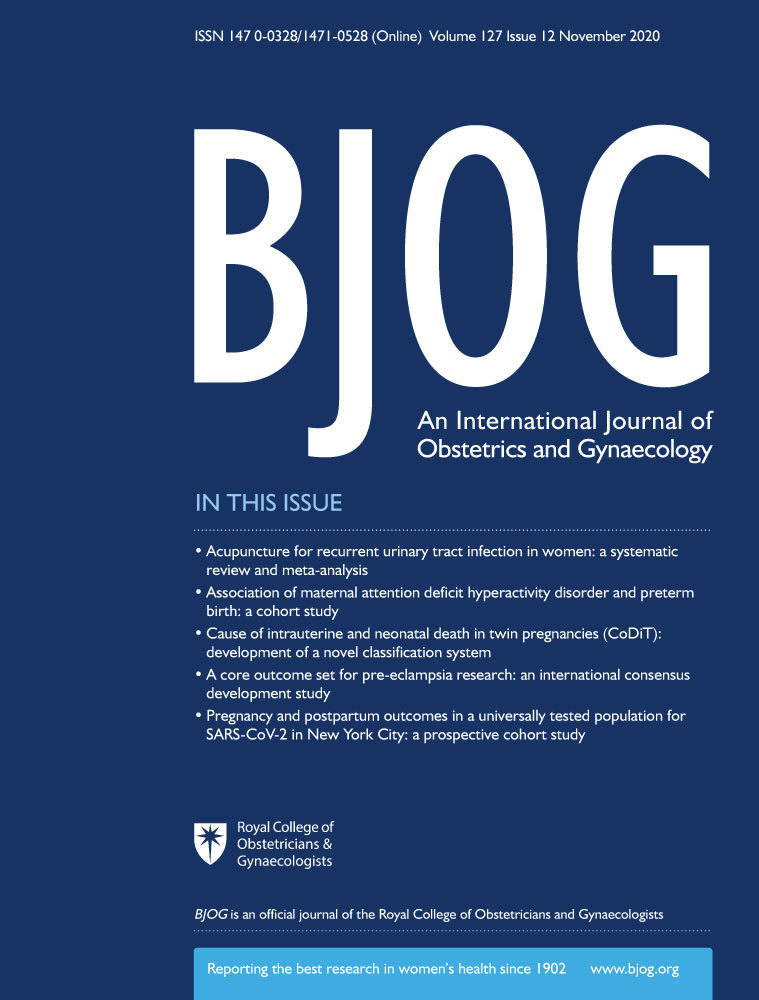
Systematic Review
Acupuncture ineffective for labour pain relief:
S-H Cho, H Lee, E Ernst
Executive Summary
Write an executive summary in the form of a blog article on the topic of "Research into Chinese medicine treatment for Pain relief" summarising the research below and using language that can be easily understood by patients and avoiding medical jargon using a professional and caring tone of voice.
Write an executive summary in the form of a blog article on the topic of "Researched Chinese medicine treatments for Pain relief" summarising the research below in an objective and easy to understand way, and using language that can be easily understood by patients. Group the article into Chinese medicine treatments first, followed by nutrition and other treatments. Avoid using medical jargon and use a professional and caring tone of voice.
Write me a concise but easy to understand executive summary on the topic of "Chinese medicine treatments for Pain relief" based on the following research that I will give you. Your summary should be 2 paragraphs long in Australian English spelling and include references to the studies.
A Systematic Review published in 2023 in the journal Frontiers in Medicine found that Acupuncture provides speedy and effective pain relief for renal colic, surpassing traditional drugs with fewer side effects suggesting its potential as a safe and efficient option for acute pain treatment Acupuncture proves effective for relieving pain in renal colic, demonstrating rapid onset of analgesic action and lower pain scores at 30-60 minutes compared to conventional treatments. The mechanism of action remains unclear but appears to involve nervous system modulation, endocrine regulation, and muscle relaxation. Compared to NSAIDs and opioids, acupuncture offers a safer, less risk option with potential for effective pain relief.
A Systematic Review published in 2022 in the journal BioMed Research International found that Acupuncture can reduce pain and improve functional activities in patients with knee osteoarthritis, proving particularly beneficial for chronic sufferers and enhancing their quality of life. This study amassed randomized controlled trials from various databases including PubMed, Embase, and others to assess the effectiveness of acupuncture in alleviating the symptoms of knee osteoarthritis. The researchers conducted a meta-analysis using the Cochrane systematic review method by integrating Review Manager 5.4 and TSA 0.9.5.10 beta software, in conjunction with the GRADE approach for quality assessment of the evidence. They also implemented a trial sequential analysis to manage random errors and calculate the required information size. The meta-analysis included eleven randomized controlled trials involving 2484 patients. The results indicate a positive effect of acupuncture on reducing pain and enhancing patient functionality. Conversely, stiffness symptoms were not significantly alleviated by acupuncture. Moreover, the analysis demonstrated no substantial difference between the effectiveness of acupuncture and sham procedures in improving the psychological aspects of patients' quality of life. Furthermore, physical health improvement, as measured by SF-36 or SF-12, was not significantly different between groups receiving real or sham acupuncture. The trial sequential analysis graphs showed cumulative Z-curves crossing the traditional statistical level favoring acupuncture, highlighting its potential usefulness. Therefore, acupuncture shows promise as an alternative therapy for patients with knee osteoarthritis.
A Systematic Review published in 2022 in the journal Evidence-Based Complementary and Alternative Medicine found that Traditional Chinese medicine, including acupuncture, can provide superior pain relief and faster recovery for HIV-related Herpes Zoster compared to regular drugs. The review began by searching nine electronic databases for randomized controlled trials focused on the use of traditional Chinese medicine in treating HIV-associated Herpes Zoster. Two independent authors extracted data on interventions and outcomes, and the Cochrane risk-of-bias tool was used to evaluate the quality of the trials. Meta-analyses were subsequently performed using specific software. Results of the review showed that in general, the use of Chinese herbal medicine resulted in lower pain intensity and shorter herpes-related pain duration. Additionally, patients treated with this type of medicine and combined treatments recorded lower incidences of postherpetic neuralgia. The cure rate, defined as the complete absence of pain and herpes, also significantly improved with acupuncture and Chinese herbal medicine, compared to regular drugs. Notably, four trials reported on side effects, and no severe adverse events were mentioned.
A Systematic Review published in 2021 in the journal Complementary Therapies in Medicine found that Turmeric curcuminoids are associated with better pain relief than NSAIDs in knee osteoarthritis. The meta-analysis results showed that curcuminoids were significantly more effective than comparators regarding visual analogue scale (VAS) and Western Ontario and McMaster Universities Arthritis Index (WOMAC) pain scores. However, no significant difference in pain relief or AEs between the high-dose (daily dose ≥1000 mg or total dose ≥42 gm) and low-dose (daily dose <1000 mg or total dose <42 gm) curcuminoid treatments was observed. When comparing curcumininoids versus NSAIDs, a significant difference in VAS pain was found. For AE analysis, three of our included studies used NSAIDs as comparators, with all reporting higher AE rates in the NSAID group, though significance was reached in only one study.
A Systematic Review published in 2021 in the journal Journal of Korean Medicine Rehabilitation found that Acupuncture appears to have positive effects in pain relief and functional recovery after rotator cuff surgery. The research method applied to this study involved a comprehensive search of key terms like 'rotator cuff surgery' and 'acupuncture' across ten databases. The focus was on finding suitable randomized controlled trials to study. Once these trials were identified, they were thoroughly analyzed to assess the therapeutic effects of acupuncture after rotator cuff surgery. The subsequent in-depth analysis of six select randomized controlled trials revealed the positive effect of acupuncture on patients who had undergone rotator cuff surgery. This acupuncture treatment seems beneficial in terms of providing pain relief and aiding in functional recovery of patients post-surgery. Notably, there's mention of a high overall risk of bias in these analyzed trials.
A Systematic Review published in 2020 in the journal Current Rheumatology Reports found that The majority of studies concluded the superiority of short-term analgesic effects over various controls and suggested that acupuncture may be efficacious for chronic musculoskeletal pain. We examined 16 review articles and 11 randomized controlled trials published in the last 5 years on the clinical efficacy of acupuncture in adults with CMP conditions. The available evidence suggests that acupuncture does have short-term pain relief benefits for patients with symptomatic knee osteoarthritis and chronic low back pain and is a safe and reasonable referral option. Acupuncture may also have a beneficial role for fibromyalgia. However, the available evidence does not support the use of acupuncture for treating hip osteoarthritis and rheumatoid arthritis.
A Systematic Review published in 2020 in the journal Complementary Therapies in Medicine found that Lavender demonstrates significant benefits for pain relief and episiotomy wound healing in postpartum. This systematic review, conducted in accordance with PRISMA guidelines and registered in PROSPERO, analyzed six studies after screening 57 potentially relevant ones. Lavender was found to significantly reduce pain and accelerate healing of episiotomy wounds. Perineal pain, often stemming from perineal trauma like episiotomies, can impede mobility and daily activities for postpartum mothers. The study suggests routine Lavender use post-delivery for potential benefits, but acknowledges the need for further research due to observed heterogeneity in results. It emphasizes caution in interpreting Lavender's effects on episiotomy healing.
A Randomised Controlled Trial published in 2020 in the journal Acupuncture in Medicine found that Electroacupuncture and manual acupuncture show similar effectiveness in relieving plantar heel pain syndrome with no significant difference between the two modalities. In this research, participants were randomly divided into two groups to receive either electroacupuncture (EA) or manual acupuncture (MA) treatments. They underwent a course of 12 treatment sessions over a span of 4 weeks, followed by 24 weeks of follow-up. The study prioritized the assessment of treatment responders, who were identified as patients showcasing at least a 50% reduction from their initial worst pain intensity experienced during the initial steps in the morning after 4 weeks of treatment. The study encompassed 92 patients diagnosed with PHPS, enlisted between July 2018 and June 2019. A total of 78 patients (85% of the original group) successfully completed both the treatment and follow-up. The results highlight that after the 4-week treatment period, both the EA and MA groups experienced a decrease in heel pain and showed improved plantar function with no serious treatment-related adverse events. Interestingly, no significant differences were observed between the two groups in terms of pain intensity relief or in any secondary outcomes after 4 weeks of treatment and at follow-up points at 16 and 28 weeks.
A Systematic Review published in 2020 in the journal Evidence-Based Complementary and Alternative Medicine found that Our meta-analysis revealed small-to-moderate analgesic effects of acupuncture on delayed onset muscle soreness, especially on day 1 by comparing the acupuncture and control groups. Our systematic review and meta-analysis revealed that acupuncture had very-small-to-small and small-to-moderate effects on pain relief for DOMS when compared with sham and no acupuncture, respectively. The evidence for the benefit of acupuncture to relieve the symptoms of DOMS was still weak. Based on our review, limited findings of acupuncture for DOMS were concluded through insufficient data due to a lack of high-quality and well-reported articles.
A Randomised Controlled Trial published in 2020 in the journal Journal of the Formosan Medical Association found that Electroacupuncture plus rehabilitation may provide earlier pain relief for patients with frozen shoulder syndrome and could be applied clinically. This clinical trial investigated the short and medium-term effects of true and sham electroacupuncture on people with frozen shoulder syndrome (FSS). The study included 21 participants who were randomly divided into two groups: a true electroacupuncture group and a sham electroacupuncture group. Both groups received 18 sessions of treatment over 6-9 weeks and were then followed up for 1, 3, and 6 months. The results showed that both groups had lasting effects at 1, 3, and 6 months, but the true electroacupuncture group showed earlier pain relief and more improvement in shoulder mobility. Overall, the study suggests that electroacupuncture plus rehabilitation may provide early pain relief for FSS patients and may have clinical applications.
A Systematic Review published in 2019 in the journal Frontiers in Neurology found that Acupuncture therapy seems effective for motor function, pain relief and activities of daily living in stroke patients with mild Shoulder-Hand Syndrome, when it is used in combination with rehabilitation. This systematic review shows that adding acupuncture to routine rehabilitation can improve clinical outcomes (pain and motor function) for people with mild post-stroke SHS. However, the evidence was assessed as “low” by GRADE due to the methodological limitations and heterogeneity of included studies, which made our certainty in recommending acupuncture for this condition in clinical practice as “low.” Well-designed placebo-controlled RCTs with a long treatment duration and follow up, as well as standardized reporting, are needed to support acupuncture's safe and effective use in the management of post-stroke SHS.
A Systematic Review published in 2018 in the journal Journal of Obstetrics, Gynecology and Cancer Research found that Aromatherapy with lavender demonstrated effectiveness in reducing labor pain during childbirth. In the methodology for this systematic review and meta-analysis, researchers independently conducted searches across international databases such as MEDLINE/PubMed, Cochrane Library, Cochrane Central Register of Controlled Trials, and Scopus. The search utilized specific symbols and terms to locate relevant randomized clinical trials. Data was then statistically analyzed using Comprehensive Meta-analysis (CMA) software. In the discussion of results, a total of 244 primary studies were initially found, and ultimately 5 studies, which included 541 participants, were analyzed in the review. It was found that aromatherapy with lavender reduced labor pain in the active phase of childbirth. Overall, the clinical trials were of moderate quality and combinatory. Importantly, the use of lavender in aromatherapy led to a notable difference in labor pain between the aromatherapy groups and control groups. This finding suggests the potential of lavender aromatherapy as a useful tool for pain relief during labor.
A Randomised Controlled Trial published in 2018 in the journal Nursing and Midwifery Studies found that Inhalation aromatherapy with Boswellia Carterii essential oil can significantly reduce labor pain intensity in nulliparous women. In this randomized controlled trial, 126 nulliparous women were split into two groups — an aromatherapy group and a placebo group. A piece of gauze was soaked with Boswellia Carterii essential oil diluted in normal saline for the aromatherapy group and was attached to the collar of each woman in this group. This intervention was repeated at 30-minute intervals up to a cervical dilation of 10 centimeters. The placebo group intervention mirrored those of the aromatherapy group but used only normal saline on the gauze. The intensity of labor pain was assessed before the intervention and at certain cervical dilation stages using a numeric pain rating scale. The results revealed that the aromatherapy group experienced significantly less labor pain compared to the placebo group at all tracked stages of cervical dilation. It was found that Boswellia Carterii essential oil can indeed mitigate labor pain when used in inhalation aromatherapy. No significant differences were observed concerning the 1 and 5 minute Apgar scores across both groups.
A Review Article published in 2017 in the journal PLOS One found that Traditional Chinese Medicine offers potential benefits like pain relief and functional improvement for knee osteoarthritis with few adverse events. Five electronic databases were searched up until April 2016 to study the efficacy and safety of Traditional Chinese Medicine (TCM) for treating knee osteoarthritis. The methodological quality of the included studies was evaluated using the Assessment of Multiple Systematic Reviews (AMSTAR) and the Risk of Bias in Systematic reviews (ROBIS) tools. The quality of evidence was determined using the Grading of Recommendations, Assessment, Development and Evaluations (GRADE) approach. The findings indicate that TCM potentially benefits patients with knee osteoarthritis through pain relief, functional improvement, and few adverse effects. However, deficiencies were found in the methodological quality of the reviews, such as the absence of an a-priori protocol or protocol registration, and an incomplete literature search. Furthermore, none of the studies offered a list of excluded studies. Overall, the quality of evidence in the systematic reviews was deemed poor, ranging from 'very low' to 'low'. This shortcoming was primarily due to a substantial risk of bias in the original trials, inconsistencies, and imprecision in the outcomes. Though TCM generally appears to be effective for knee osteoarthritis treatment, the evidence is not strong enough due to methodological flaws. Therefore, these findings should be approached cautiously in a clinical setting.
A Systematic Review published in 2017 in the journal Journal of Traditional and Complementary Medicine found that In oral care, acupuncture can be a supplement to conventional treatments in temporomandibular disorders, facial pain, pain management, Sjoegrens syndrome, and in phobias and anxiety. Acupuncture aims to treat a range of medical and dental ailments, though is most commonly used for pain relief. This article reviews about the various possible roles of acupuncture in clinical dental practice. Acupuncture has potential in supplementing conventional treatment procedures by its diverse applicability outreach. Role of acupuncture in dental practice has been well supported by clinical trials. Its role in alleviating facial pain, pre-operative and post-operative dental pain has led to its widespread application.
A Randomised Controlled Trial published in 2017 in the journal Archives of Gynecology and Obstetrics found that Honey has been shown to provide similar pain relief to traditional medication mefenamic acid for women with primary dysmenorrhea, with fewer side effects. In this randomized crossover clinical trial, 56 female university students with primary dysmenorrhea were split into two groups and were either given honey or mefenamic acid during their 'first treatment period.' For the 'second treatment period,' the groups were switched and the subjects were given the alternate treatment. The participants' pain levels were recorded during the first three days of menstruation. The results showed that there was no significant difference between the most severe level of pain experienced in the two groups during both months of the treatment period. In effect, both honey and mefenamic acid provided similar levels of pain relief to women with primary dysmenorrhea. Notably, honey is recommended due to its lower side effects and pharmacological complications compared to mefenamic acid. No future research trials were mentioned.
A Randomised Controlled Trial published in 2017 in the journal Pain Medicine found that Our study provides evidence that acupuncture has a specific impact on frozen shoulder beyond the placebo effects that may not only be beneficial in reducing short-term pain perception, but may also have a positive long-term influence on the time course of recovery. Primary adhesive capsulitis ("frozen shoulder") is a common disorder associated with pain and significant morbidity in humans worldwide. This first double-blinded (patient- and observer-blinded) study in patients with AC showed the efficiency of our special distal needling protocol by systematic combination of acupoints for immediate pain reduction. The study also confirmed the suitability of press tack needles and press tack placebos as an effective option for double-blind studies in acupuncture. The follow-up clinical observation with classical needle acupuncture confirmed that results obtained with the press tack placebos/press tack needles design can be transferred to classical needle acupuncture. Furthermore, conservative therapy that included acupuncture represented a superior effectiveness on the time course of recovery in AC patients compared with patients treated with conservative therapy alone in a standard clinical setting.
A Systematic Review published in 2016 in the journal Cochrane Database of Systematic Reviews found that Acupuncture relieves neck pain better than sham acupuncture and those who received acupuncture report less pain and disability at short‐term follow‐up than those on a wait‐list. For mechanical neck pain, we found that acupuncture is beneficial immediately following treatment and at short‐term follow‐up compared with sham treatments for pain intensity; at short‐term follow‐up compared with sham treatments for disability (NPQ); at short‐term follow‐up compared with inactive treatments for pain intensity; and at short‐term follow‐up compared with wait‐list control for pain intensity and neck disability improvement. Effects do not seem sustainable over the long term. Acupuncture treatments appear to be relatively safe.
A Systematic Review published in 2015 in the journal Oncotarget found that Traditional Chinese medicine psycho-behavioral interventions represent beneficial adjunctive therapies for cancer patients. The six TCM PBIs analyzed were acupuncture, Chinese massage, Traditional Chinese Medicine five elements musical intervention (TCM FEMI), Traditional Chinese Medicine dietary supplement (TCM DS), Qigong and Tai Chi. Although both TCM PBIs and non-TCM PBIs reduced functional impairments in cancer patients and led to pain relief, depression remission, reduced time to flatulence following surgery and sleep improvement, TCM PBIs showed more beneficial effects as assessed by reducing both fatigue and gastrointestinal distress. In particular, acupuncture relieved fatigue, reduced diarrhea and decreased time to flatulence after surgery in cancer patients, while therapeutic Chinese massage reduced time to flatulence and time to peristaltic sound.
A Systematic Review published in 2015 in the journal Journal of Acupuncture and Meridian Studies found that Acupressure showed evidence of pain relief while acupuncture improved both the mental and the physical components of quality of life associated with primary dysmenorrhea. This study involved three reviewers who dependently and independently performed study selection, quality assessment, and data extraction and management. Several interventions indicated statistical significance. Insights into the efficacies of the interventions were identified in correlation to themselves and with one another. The systematic review highlighted promising evidence in the form of studies done to establish the effectiveness of acupuncture and acupressure in the management of primary dysmenorrhea. However, the results were limited and had methodological flaws. The review and the meta-analysis indicated that acupressure significantly reduced the pain associated with primary dysmenorrhea and that acupuncture improved both the physical and the mental components of quality of life. The magnitude of these effects may or may not be clinically worthwhile, but as the costs and the risks of these interventions is low, these results may be clinically useful.
A Experimental Study published in 2014 in the journal Arthritis Research & Therapy found that Epigallocatechin 3-gallate (EGCG), found in green tea, can significantly slow down osteoarthritis progression and reduce associated pain in a post-traumatic osteoarthritis mouse model. C57BL/6 mice were operated to destabilize the medial meniscus mimicking post-traumatic osteoarthritis or were subjected to a sham surgery as a control. From the day of the surgery, the mice were given daily injections of EGCG or a vehicle control for either four or eight weeks. The severity of osteoarthritis was evaluated by staining and scoring techniques, detection of type II collagen and aggrecan, as well as through the measurement of enzyme expression involved in cartilage degradation. After the surgery, at both four and eight weeks, the cartilage in EGCG-treated mice showcased lesser cartilage erosion and staining loss than the control mice. Furthermore, it also revealed lower osteoarthritis scores and reduced levels of enzymes implicated in cartilage degradation. The EGCG-treated mice exhibited elevated expression of genes that regulate these enzymes. Additionally, EGCG positively affected the cartilage's gene expression level for both pro and anti-inflammatory cytokines. EGCG treatment also resulted in a reduction of osteoarthritis-associated pain, reflected in higher locomotor behavior and a decrease in the expression of inflammatory cytokines and a chemokine receptor in the dorsal root ganglion.
A Randomised Controlled Trial published in 2012 in the journal Journal of Obstetrics and Gynaecology Research found that Blended essential oils, including lavender, sage, and marjoram, show potential in relieving menstrual cramps and reducing pain duration in women with primary dysmenorrhea. For the methodology, the researchers conducted a randomized, double-blind clinical trial involving 48 outpatients suffering from primary dysmenorrhea. These patients’ discomfort was rated above five on a 10-point numeric scale. Participants were divided evenly into two groups: one was treated with a cream blending lavender, clary sage, and marjoram essential oils, while the other received a synthetic fragrance. All participants massaged the cream onto their lower abdomen daily, from the end of one menstrual cycle to the start of the next. In the discussion of results, it was found that the treatment provided relief and decreased pain duration for patients in the essential oils group following a single menstrual cycle. Among the blended oils, four key analgesic components—linalyl acetate, linalool, eucalyptol, and β-caryophyllene—were principally credited for pain reduction, constituting up to 79.29% of the blend. Thus, these findings propose that this mixed formula might be a valid alternative and complementary medicine approach for primary dysmenorrhea.
A Randomised Controlled Trial published in 2011 in the journal Evidence-Based Complementary and Alternative Medicine found that Acupuncture can provide pain relief to patients with plantar fasciitis. This study demonstrates that acupoint PC7 has a specific effect for treatment of plantar fasciitis, and that the method of acupuncture treatment is both simple and safe. Further studies comparing acupuncture treatment with an inert placebo and conventional treatment as parallel arms are recommended to further elucidate the efficacy of acupuncture treatment for heel pain.
A Systematic Review published in 2010 in the journal BJOG: An International Journal of Obstetrics & Gynaecology found that Acupuncture ineffective for labour pain relief: A systematic review and meta-analysis assessed acupuncture's efficacy in relieving labor pain. Ten randomized controlled trials involving 2038 women were analyzed. Acupuncture showed no significant superiority over minimal acupuncture at 1 and 2 hours post-treatment. Electroacupuncture demonstrated temporary pain reduction at 15 and 30 minutes compared to placebo, but effects weren't sustained. When compared to no intervention, acupuncture provided only an 11% reduction in pain for the initial 30 minutes. However, in trials against conventional analgesia, acupuncture led to reduced meperidine and other analgesic use. Overall, evidence doesn't strongly support acupuncture for labor pain, urging further research.
Moderation Tools
Topic
Sign In
Users not signed in are limited to viewing the 5 most recent items of content.